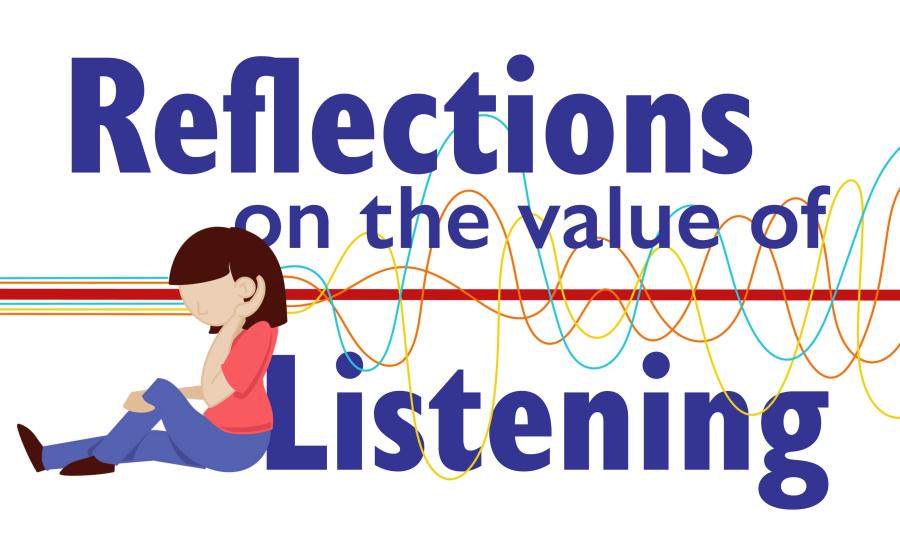
Reflections on the Value of Listening

Reflections on the Value of Listening
Published at: 2021-01-28
How SALT Evolved Since the first version of SALT software in 1981, before we even had a name for it, our focus was on how to coax a computer to carry out as much of the labor of language sample analysis (LSA) as possible. The idea was to reduce the encumbrance of some of the steps, leaving clinicians with more time for interpreting the results. Over the years, SALT has worked to improve the consistency and efficiency of the processes of elicitation, transcription, and analysis. The aim remained: lighten the load for the clinician so they want to implement LSA and can spend their time interpreting outcomes. We developed explicit protocols so samples could be elicited reliably and with validity. We built a dedicated transcription editor with error-checking functions and coding reminders to facilitate transcription. Fast and accurate analyses at the morpheme, word, utterance, and text levels were programmed, continually improved, and expanded. To sweeten the pot, SALT created databases of thousands of typical students, pre-K through 12th grade, engaging in conversation, narrative story (re)telling, exposition, and persuasion. These endeavors resulted in detailed, norm-referenced analysis outcomes so clinicians and researchers could make appropriate interpretations. The importance of Listening All these achievements and progress aside, at the end of the day, perhaps the most important outcome of collecting a language sample is really listening to a speaker produce their own words under specific speaking demands. Listening with experience and clinical judgement is critical, in my opinion, to developing an understanding of an individual’s communication strengths and challenges. Listen as you record. Then listen again to confirm areas of concern and acknowledge areas of strength. Just the activity of listening provides so much valuable information. What other assessment process offers this opportunity to really listen to functional streaming language? Listening leads us to consider whether the sample supports a diagnosis or a qualification for services. Listening gives focus to monitoring therapy progress, i.e., generalization of skills. Listening can direct next steps in the evaluation process. Because the language sample allows you to review all aspects of a functional communication task, it provides the perfect opportunity to document integrated language use. If you decide that transcribing and analyzing the sample is the best next step, the analysis outcomes allow you to report skills relative to your clinical impressions. Transcription itself requires very careful listening in order to record the exact words, morphemes, and utterances necessary for analysis. Recorded language samples provide a data set for documenting language change associated with therapy. They provide an opportunity to share with parents and teachers the speaker’s everyday communication style and skill level. Listening with parents and teachers can foster a link for the SLP, parents, and teacher to be on the same page. Ideally, every language assessment should include a transcribed and analyzed language sample. But students judged to be borderline or having other concerns affecting spoken language, e.g., speech intelligibility, dysfluency, etc., may be effectively identified by listening to their elicited language sample. Your skills and experience play a role here, listening with experience and clinical judgement. Keep in touch sharing your successes, challenges, and suggestions. SALT has been built on constant interaction with clinicians and researchers. -Jon Miller
No Comments yet. Be the first to comment.